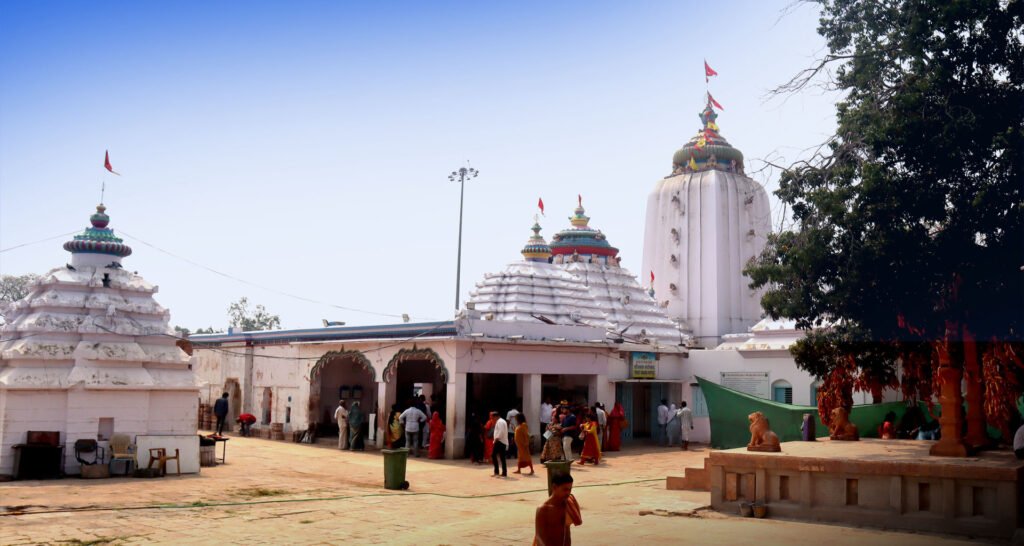“Biraja Kshetra: Unveiling the Sacred Heritage of Jajpur, Odisha”
Biraja Kshetra Jajpur Odisha
The ancient capital of Odisha, Jajpur, also known as Biraja Kshetra, is home to the famous temple of Goddess Biraja, a sacred site that inspired Bhaumakara and the rulers of Somavamsi to greatness. It is mentioned in the Mahabharata as a highly revered pilgrimage site, one of the fifty-one Shakti Pithas of India. According to legend, the navel of Sati, representing divine feminine power, descended here, giving it the name Navigaya and establishing it as Biraja Kshetra. It is said that a visit to the Biraja Temple will bring salvation to seven generations of ancestors.

The temple’s deity, Goddess Biraja, depicted as Mahisamardini (Slayer of Buffalo Demon) with two arms, showcases a unique iconography unmatched in the country. While the temple was revered under the Bhaumakara reign, it was during the Somavamsi dynasty in the 11th century AD that the present temple was constructed. Unfortunately, it faced desecration during Afghan rule in 1568 AD but was later reconstructed in the 19th century by Zamindar Sudarshan Mohapatra.
The temple complex houses various subsidiary shrines, each with its own captivating narrative. Among its festivals, Ratha Yatra during Saradiya Durga Puja stands out, featuring a procession of the representative deity for nine days.
dditionally, the Biraja Temple stands as a historic Hindu marvel in Jajpur, Odisha, renowned among the 51 Shakti Peeths and 18 Maha Shakti Peeths. The principal idol of Devi Durga, worshipped as Viraja (Girija), adorns the temple, earning Jajpur the epithets “Viraja Kshetra” and “Biraja Peetha.” The temple, dating back to the 13th century, showcases intricate craftsmanship, with the idol of Devi Durga depicted in dwibhuja form, symbolizing her victory over evil. The temple precincts include shrines dedicated to Shiva and other deities, offering spiritual solace to pilgrims.
For travelers, the best time to explore Jajpur is from October to February. The district, situated at an elevation of 11.5 meters, offers a glimpse into local cuisine and attractions like Brahma Kund. Travel options include taxis, buses, and trains, with the nearest bus stop and railway station located in Jajpur. The town is approximately 125 km away from Bhubaneswar, beckoning visitors with its rich cultural heritage and spiritual ambiance.
Related Post
-
Opps, No posts were found.
